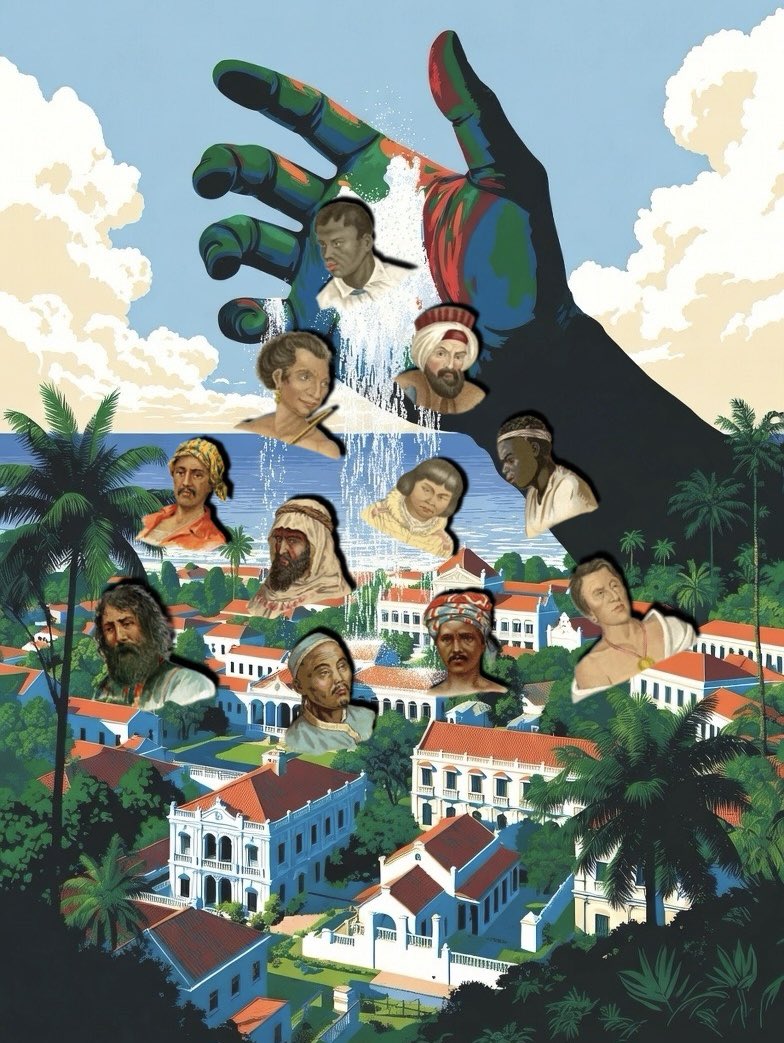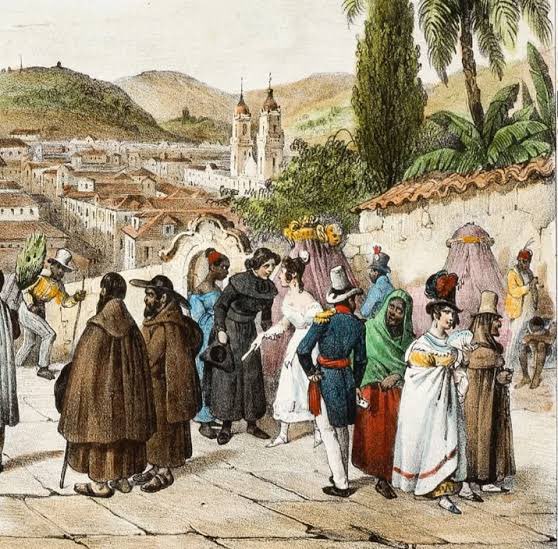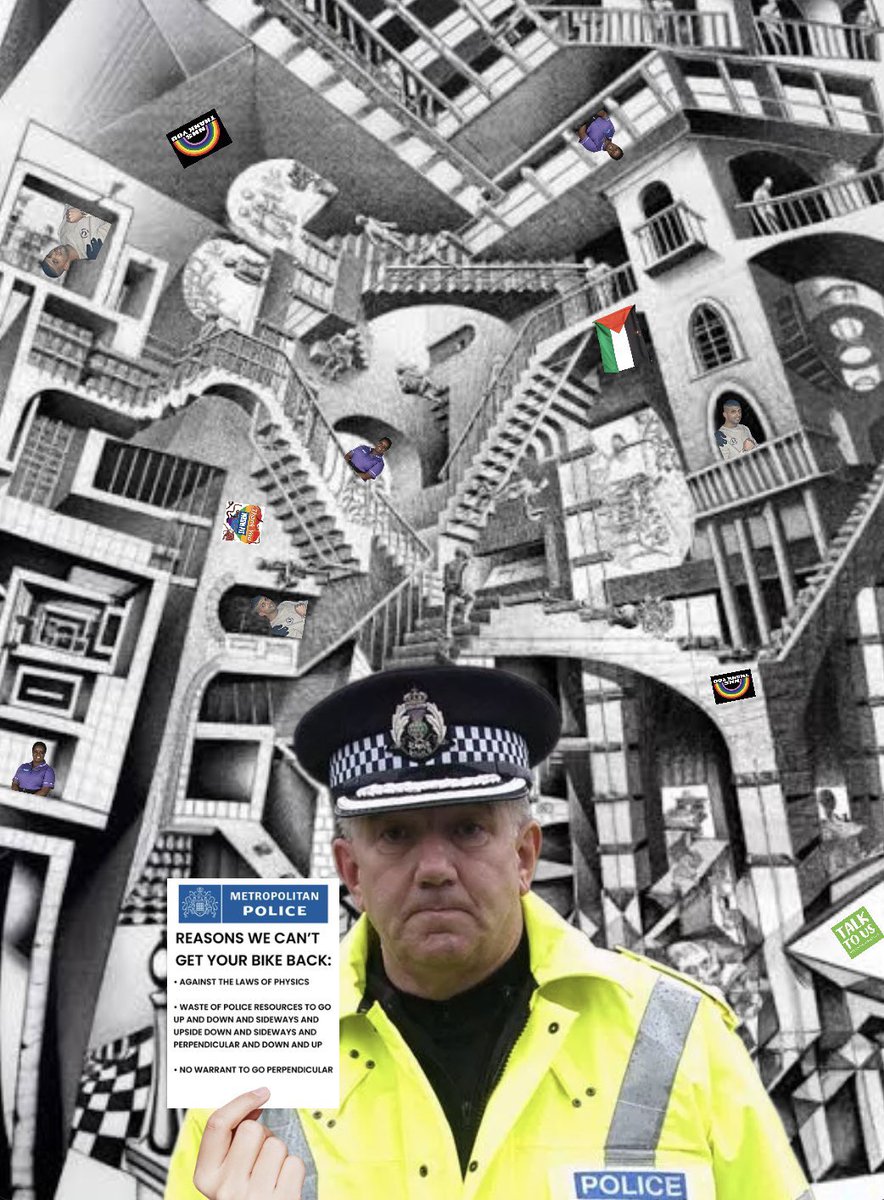KOKO THE GORILLA: THE HOAX EXPOSED
A Thread. Some of the claims made by both Koko the Gorilla (who ‘mastered’ sign language) and her keepers are so bizarre that couldn’t possibly be true. These stories sound so made-up that you begin to think Koko herself must have been a hoax
A Thread. Some of the claims made by both Koko the Gorilla (who ‘mastered’ sign language) and her keepers are so bizarre that couldn’t possibly be true. These stories sound so made-up that you begin to think Koko herself must have been a hoax

While Koko seems to have understood simple verbal concepts like “cry” and “frown” she didn’t use them as we would. Her sentences were strings of words in essentially random order. Allegedly she could sign “Koko likes to play outside,” but probably it was just “sad, cry, bad” etc 

Via @NatGeo, Koko not only could understand over 2000 words of spoken English but was able to understand abstract concepts like death, purpose and, allegedly, communism. (She thought it sounded like a great idea according to her keeper, who incidentally was an open communist) 

Koko was apparently the official ‘Voice of Nature’ at COP 21. Koko recorded a video message for the conference, asserting that the perseveration of biodiversity must be written into the Paris Agreement. A gorilla did this. Allegedly. Maybe with heavy editing! The video looks fake 

According to the @nytimes Koko apparently wrote a book called ‘Furry Hands and Warm Hearts: My Philosophy of Self-Love’
that was nominated for the National Book Award, but which didn’t win. I can’t find any evidence of this online beyond the NYT’s claims. It sounds made-up
that was nominated for the National Book Award, but which didn’t win. I can’t find any evidence of this online beyond the NYT’s claims. It sounds made-up

Koko made a live guest appearance at the 2018 World Economic Forum, video calling LIVE into a ‘private’ panel discussion on driverless cars lead by Warren Buffet and Uber CEO Dara Khosrowshahi to congratulate them on their sustainability-led approach to commuting. I doubt this 

In 2016, Koko’s keeper made the bizarre claim that Koko had been ‘dating’ Harambe, after the later Gorilla’s infamous death when he was shot after a child fell into his enclosure, also claiming that the couple had been planning on adopting an African orphan together. This is dumb 

According to @AlJazeera_World at one point before her Koko death flirted with converting to Islam. On several occasional Koko visited leading Imams to learn about the revelation and words of the Prophet Muhammed (PBUH) and signed the Shahada. I can only find one source for this 

Possibly the most obviously fake story involved Koko’s participation at a water sports competition to raise funds for @World_Wildlife. There, Koko was coaxed by the crowd into donning waterskis and jumping via a ramp over a confined shark. This really just does not seem real 

• • •
Missing some Tweet in this thread? You can try to
force a refresh
















